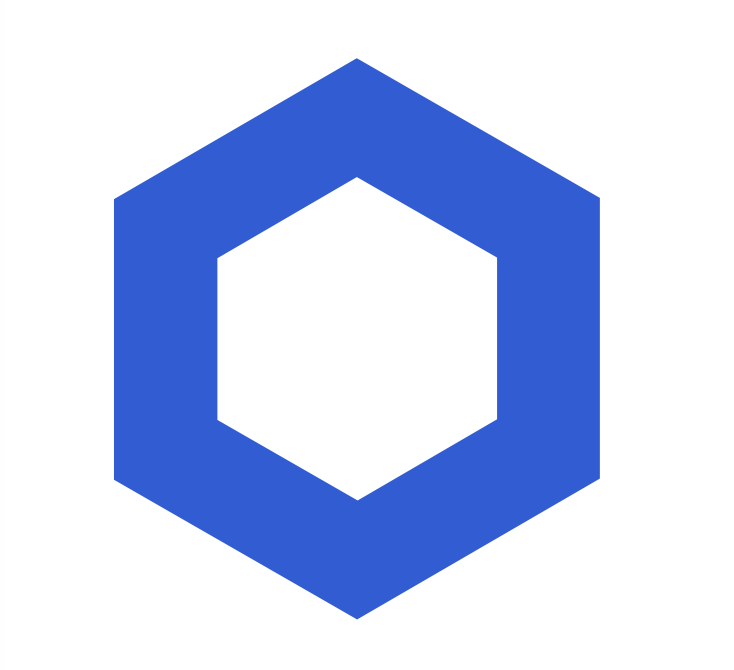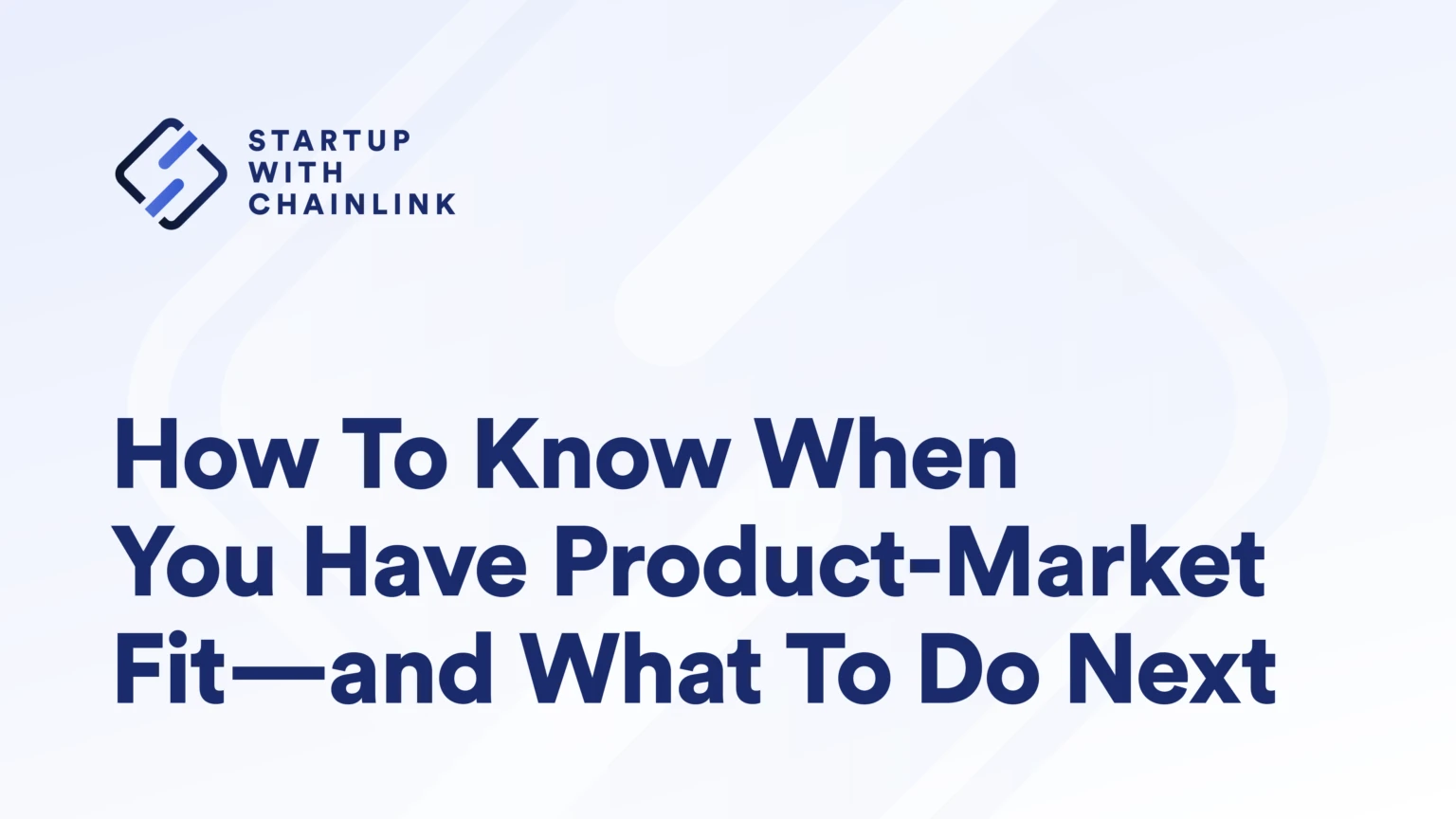
In the previous discussionWeb3 go-to-market strategyIn our article, we briefly outlined the concept of product-market fit. However, this is a very delicate concept, so it takes a long time to explain. Often the discussion revolves around how to achieve product-market fit without clearly defining the criteria for product-market fit and how to align product strategy for this.
As a continuation of the previous discussion, this article will focus on the following questions:
What is the product market fit of Web3?
What are the criteria for determining product market fit?
How to measure the fit between Web3 products and the market?
Who is responsible for tracking product market fit?
first level title
What is Product Market Fit?
The term product market fit was first coined by Marc Andreessen to describe a product that fully meets market needs. Initially, Andreessen did not explicitly propose criteria for judging product-market fit. He said that the product-market fit is an objective milestone. Once this milestone is reached, the start-up company will usher in a surge in the number of customers, and the supply will almost exceed the demand.
first level title
How to track product market fit for Web3?
Tracking product market fit is not as straightforward in the Web3 industry as it is in the Web2 industry. First, Web3 is characterized by decentralization and is often anonymous. Therefore, it is difficult to use traditional product analysis tools such as Google Analytics, Mixpanel or Amplitude. Also, there is no third-party cookie tracking to provide specific customer insights, although many believe this is not a bad thing.
secondary title
Beware of Misleading Metrics
Different Web3 products require different metrics. Well discuss these metrics in more detail later, but first we need to identify which metrics can be misleading.
A major feature of Web3 is that it is easy to quickly form a huge network effect. This is an advantage, but at the same time it has hidden dangers. On the one hand, network effects allow projects to scale rapidly. On the other hand, network effects can obscure the true utility of a project. Usability is often the traditional measure of product-market fit, so this can raise some questions.
For example, some startups use subsidies and liquidity incentives to stimulate growth without actually achieving product-market fit. This growth is often achieved through marketing and incentives rather than based on the true utility of the product.
Admittedly, practicality is not a requirement for all Web3 projects. Many NFT projects have no clear utility value, but buyers are often attracted by the quality of the artwork as well as the projects brand and community. But even so, it is still difficult to judge whether the buying behavior is due to product-market fit or pure short-term market speculation.
secondary title
Blue Ocean Market VS Red Ocean Market
To learn how to evaluate the fit between the product and the market, you must first determine whether the product covers the blue ocean market or the red ocean market. This mental model was first described by W. Chan Kim and Renée Mauborgne in their 2004 book, Blue Ocean Strategy.
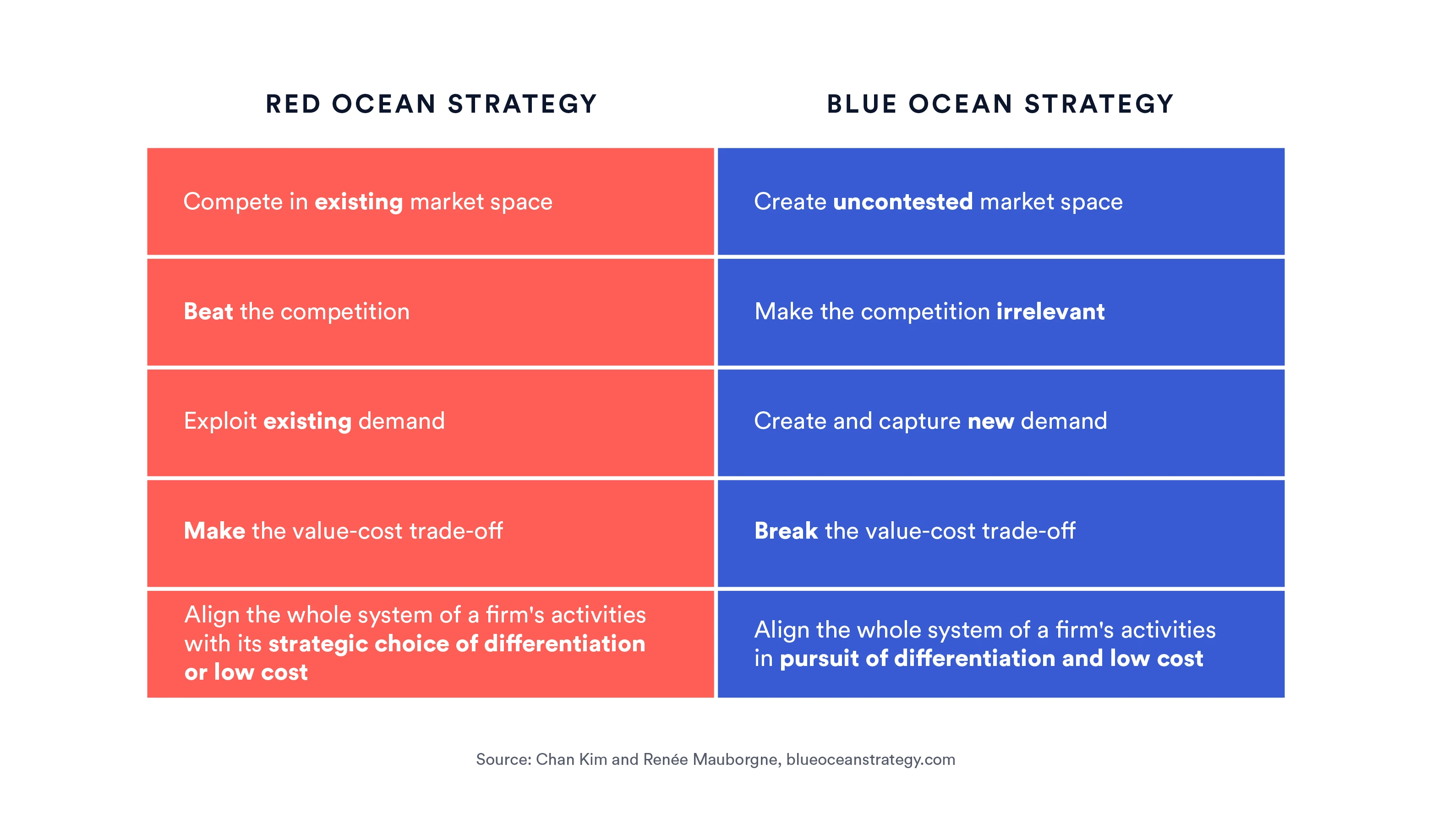
This concept is important because it helps us formulate product strategy and decide which metrics to use to evaluate product-market fit. This is especially valuable for Web3, as there are many untapped markets in the Web3 industry.
Red Sea
Red Ocean refers to a known and quantifiable market in which user needs have been formed and many products and brands are already competing in this market.
In the Web3 industry, the DeFi and NFT collectibles market can be classified as a red ocean because the market demand is already established.
For example, the market share of DeFi projects is relatively easy to quantify. It is only necessary to count the TVL of the project and compare it with the total TVL of all DeFi protocols. At the time of writing, the TVL of all DeFi protocols on Defi Llama is $88.53 billion. Among them, MakerDAO has the highest share, 9.5%, worth $8.56 billion.
Due to the huge demand in the current DeFi market and the emergence of many DeFi protocols that can be used as benchmarks, the market share can be easily calculated.
blue ocean
The blue ocean market refers to an unknown market that has not yet been developed. That is, startups need to create market demand for their products as well as entirely new markets.
The blue ocean market is essentially an unformed market, so it is difficult to give an example of Web3. However, we can refer to some Web2 industries that have just begun to transition to Web3, such as parametric insurance and real estate.
We can also look back at the case of the rise of stablecoins in 2014. BitUSD was the first stablecoin to rise at that time, but it was difficult to measure the market share of BitUSD at that time, because the stablecoin market was in the blue ocean at that time, and there were almost no other stablecoin products to compete with it. Therefore, we have to refer to other metrics, such as user feedback or product engagement.
secondary title
The case for product-market fit through continuous iteration
The DeFi protocol Compound is a typical case, which fully reflects what Sean Ellis called product-market fit through iteration. Founded in 2018, Compound is a decentralized crypto-asset income platform that runs on Ethereum’s smart contracts.
Compound founder Robert Leshner atTalk to a16zs Jesse WaldenAs mentioned in , Compound has iterated through three versions, combining feedback from community users to continuously improve the product.
Leshner said that the iterative process of Compound is as follows:
1. Beta — This is an early unpublished version of the Compound smart contract, available only to a small group of early users who have personal relationships with the founders. The main purpose of this release is to allow users to test privately and in a closed environment to test the core functionality of Compound, namely: earning income with crypto assets.
image description
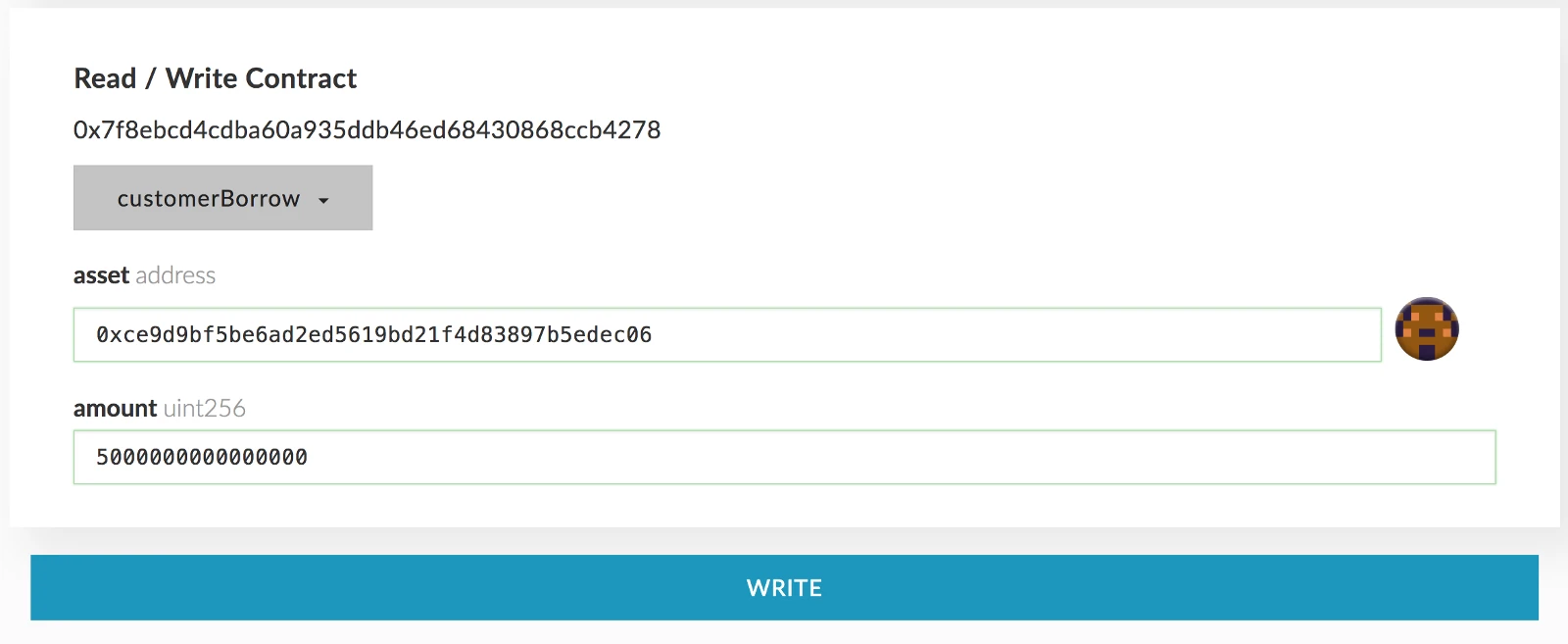
The user interface of an early version of Compound
image description
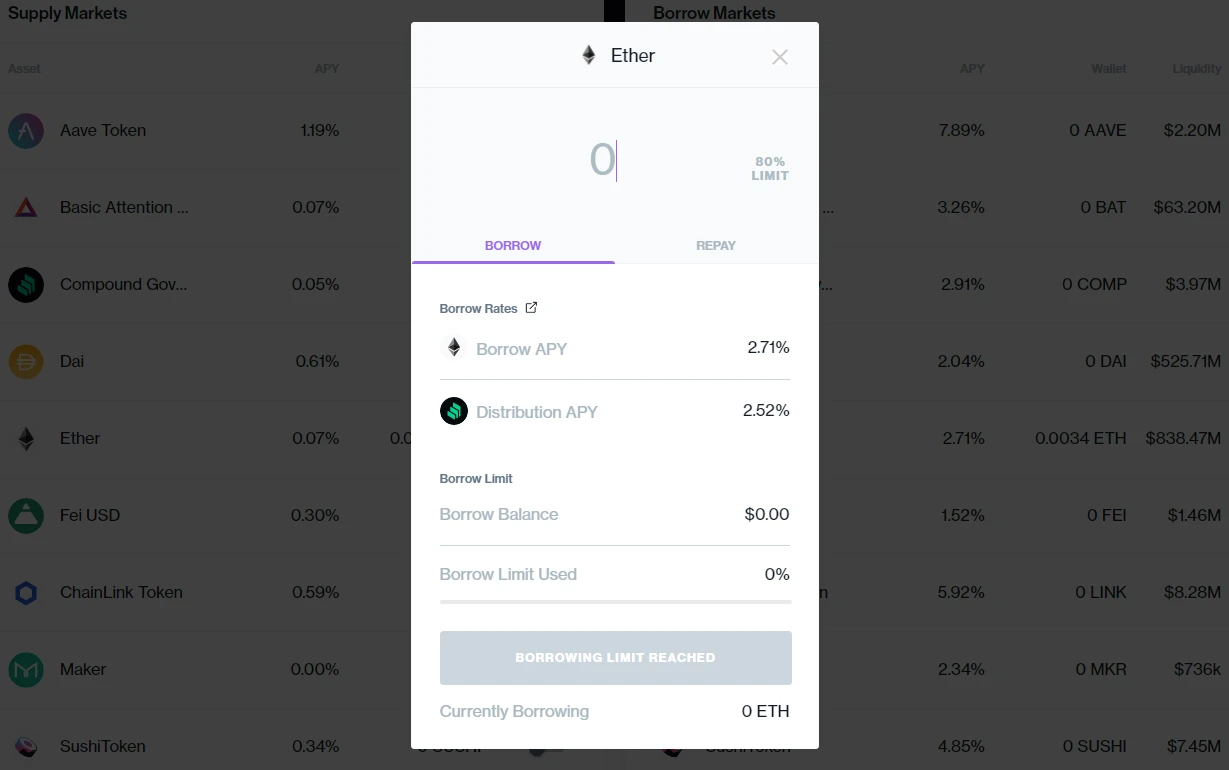
first level title
How to measure the product market fit of Web3?
secondary title
Go-to-market metrics that reflect product-market fit
Several metrics can measure the success of a Web3 go-to-market strategy, and therefore product-market fit. exist“Go-to-Market in Web3: New Mindsets, Tactics,Metrics articleIn, Maggie Hsu of a16z proposes the following metrics for the major Web3 verticals:
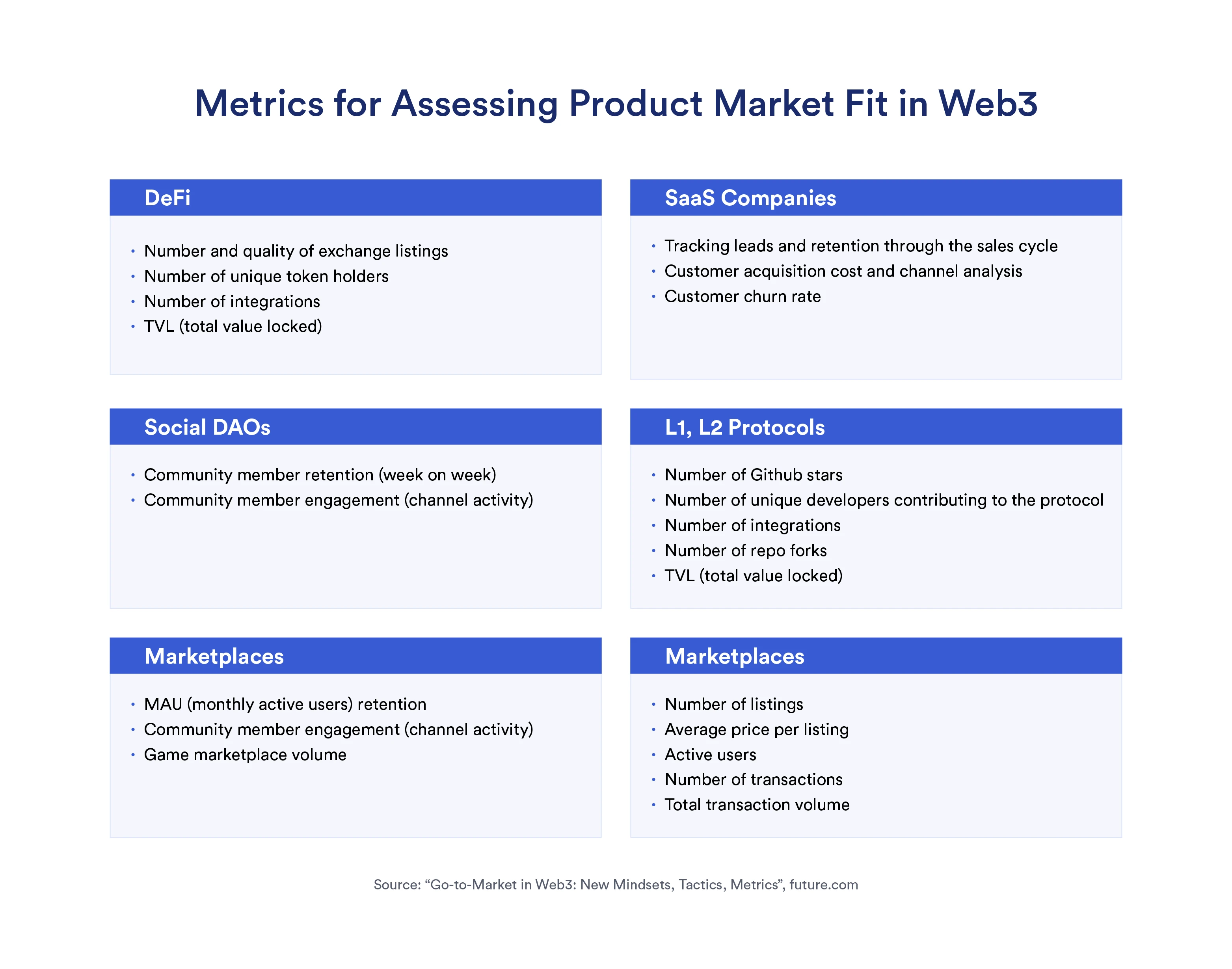
However, these metrics must have a benchmark to be meaningful. In the Red Ocean market, it is relatively easy to find benchmarks: you can benchmark against existing competitors in the market or the entire market.
If you are in the blue ocean market, you can only compare with your previous data. In other words, you are measuring your own growth rate.
secondary title
User Metrics
A commonly used measure is the Sean Ellis test (note: Sean Ellis was the first head of marketing at Dropbox and the inventor of the test). This metric is ideal for early-stage startups, where users are asked to answer simple multiple-choice questions.
How would it feel if you could no longer use [product]?
Very disappointed
somewhat disappointed
I dont feel it (this product doesnt work for me)
Unknown - I dont use [product] anymore
Ellis said that once more than 40% of users choose very disappointed, it means that the product may fit the market. Ellis compared the survey results of hundreds of start-ups he worked with, and finally set the threshold at 40%. He found that companies with 40% test results were generally able to continue to expand their business scale, while companies far below 40% were in trouble.
Of course, this metric is not suitable for projects that have no clear utility, such as NFT art collections. But that doesnt mean user research cant provide any insight. For example, in early 2022, a group of art market experts in Berlin began to assess the motivations of NFT art buyers. Finally they released a copy for NFT collectiblesA report named ART+TECH Reportsecondary title
Community and Social Metrics
It is worth mentioning that community and social metrics are also commonly found in Hsus go-to-market metrics. This is because the community tends to make or break the success of most Web3 startups. Especially for NFT and game projects, community participation can reflect the fit between the product and the market in the early stage.
When choosing specific metrics, you can start with the Community Success Metrics published by the community tool provider Commonroomexhaustive list” to get started. This list lists metrics including the percentage of active contributors to the community and the percentage of posts and messages with at least one reply.
Community-focused Web3 projects should also track discussions outside the native community platform, such as on other social media platforms. Here, it makes sense to track metrics that measure social media engagement, such asReach, impressions, replies, brand mentions, etc.
first level title
Who will be responsible for tracking product market fit for Web3?
This issue is rarely discussed because the Web3 industry is still in its infancy and job responsibilities are not standardized. However, this is a very important question because in such a fast-moving industry, building a sense of responsibility is crucial.
For very early-stage startups, its often the founders run everything. But in a traditional Web2 startup, the product manager would be responsible for tracking product metrics. Product managers often have the time and ability to conduct proper research and output professional reports.
However, in the Web3 field, product managers are not a standard configuration. This is because many Web3 teams do not understand what the role of the product manager is. In fact, many Web3 teams dont need a product manager to be successful.
Jason Shah, Head of Product at Alchemypointed out, in the process of building a DeFi protocol or airdropping NFT, the team most needs to be equipped with a developer, a community manager, a protocol designer (for DeFi) or an artist (for NFT). He also said that the Web3 team will hire a product manager only when there is a need to focus on user experience or the complexity of the task exceeds the teams current capabilities (such as marketing, growth, business development, community management, product analysis, etc.).
first level title
What should the Web3 team do once they have achieved product market fit?
Product market fit is an indicator of whether your startup is on the right track, but it doesn’t mean you have to stick to the same strategy all the time. Instead, achieving product-market fit means you should switch gears and focus on other goals.
We continue to use Compound as an example. The Compound team also changed its strategy after achieving product-market fit. They did it in two ways:
Pay more attention to the construction of the developer community.
secondary title
Increase investment in community building
Although the Compound team has also released native dApps, the Compound protocol has always been their core product. Therefore, Compound requires developers to develop on the protocol and expand the scope of application. After the team determined that their product fit the market need, they began to devote more time toBuild a developer community. Leshner said: We spend a lot of time doing things that most people find boring, specifically:
Improve and expand technical documentation.
Write use cases and full tutorials.
Respond to questions and messages from the developer community on Discord and Github.
secondary title
Preparing for decentralization of ownership
According to Leshner, decentralization is not a good idea if you are still iterating on the MVP stage. If you want to synthesize the opinions of a committee to design the mechanism, you cannot iterate quickly. The initial goal should be to maximize efficiency. As such, the Compound team initially took full ownership of the decision-making to move development work forward quickly.
However, once product market fit is achieved, the perspective becomes completely different. They began to achieve community governance through iteration. This includes several key milestones:
Release of Governance Tokens - In April 2020, Compound issued COMP tokens to users based on their on-chain activity. Users can issue governance proposals and vote on proposals by holding tokens. The content of the proposal includes user incentive mechanism, platform assets and Compounds governance mechanism.
Hand over admin keys - Many projects use admin keys to authorize breaking changes to the codebase and upgrades to network protocols. Usually this key is kept by a centralized team, which means outside developers cannot perform breaking changes. Compound also adopted a centralized governance mechanism before, but in June 2020, the team handed over the management key to the community for safekeeping. This means that the community can implement changes voted on.
secondary title
Finding new Web3 markets
Each blockchain is a unique market for most dApps and technology providers. Therefore, these products usually have to achieve product market fit on one chain first, and then expand to new chains. For example, Chainlink only supported Ethereum at the beginning, but has since been upgraded to integrate into EVM-compatible chains such as Avalanche and Polygon, as well as non-EVM-compatible chains such as Solana. After achieving product market fit on one chain, scaling to new blockchains is required.
New markets can also refer to verticals like GameFi and NFTs. For example, in February 2022, Alchemy, a blockchain infrastructure provider, releasedNFT APIfirst level title
Product market fit is an iterative process, not a once-and-for-all process
Many people think that once the product fits the market, they can sit back and relax. But in reality, product-market fit is fleeting. Product market fit therefore needs to be constantly reassessed. Especially when the external environment changes, readjustment is particularly necessary. For example, market sentiment changes, or market competition becomes saturated. In addition, when new goals are set internally, such as entering a new market or integrating into a new technology ecosystem, product-market fit must also be reassessed.
In either case, you need to evaluate whether the product still meets user needs or provides enough value to users. A product that is favored by users at the beginning may not meet the market demand later, or the same product cannot achieve the same effect after entering a new market.
Startup with Chainlink Program
Apply for Startup with Chainlink
Startup with Chainlink ProgramSubscribe to the Chainlink newsletter
All Web3 teams currently developing unique products and services are welcomecome to sign up. pleaseSubscribe to the Chainlink newsletter, for more information on resources for Web3 startups.

